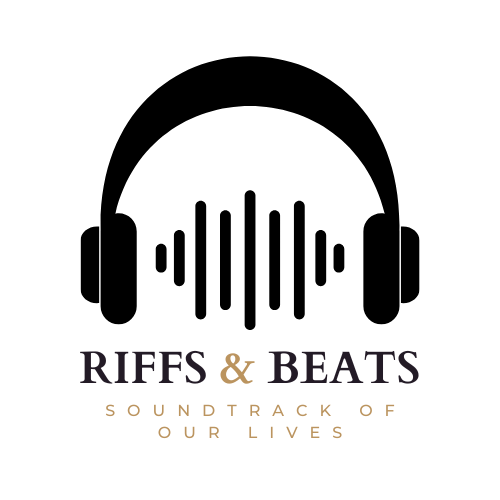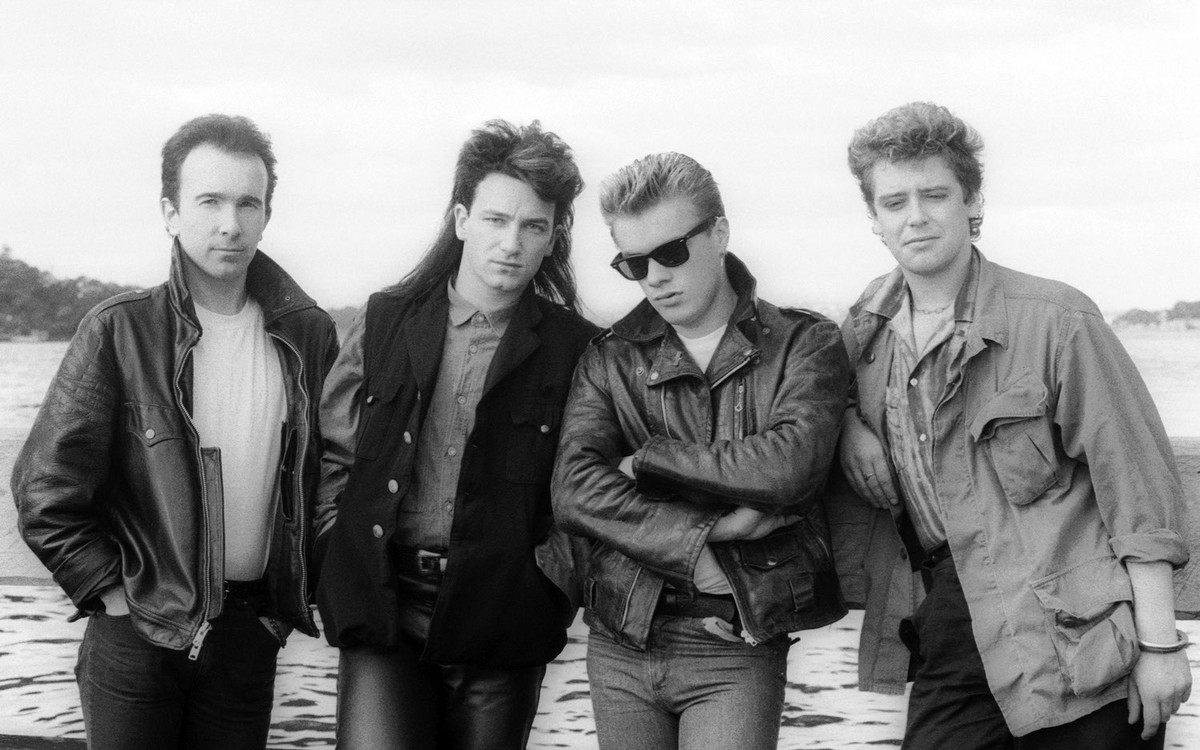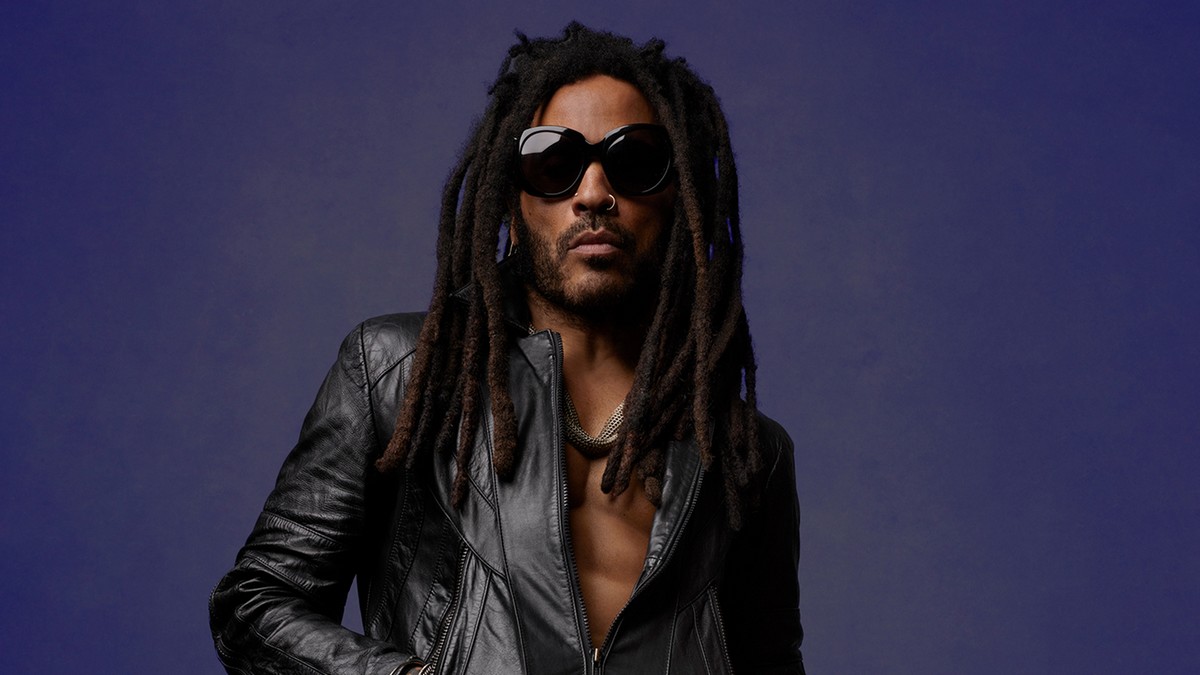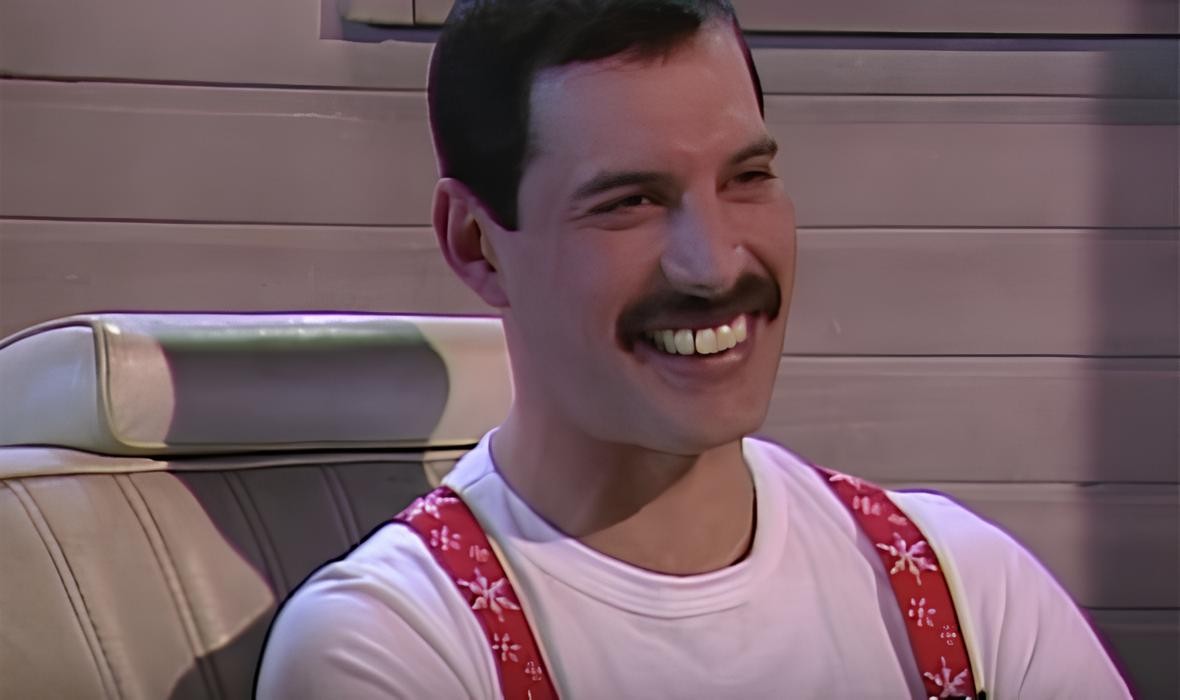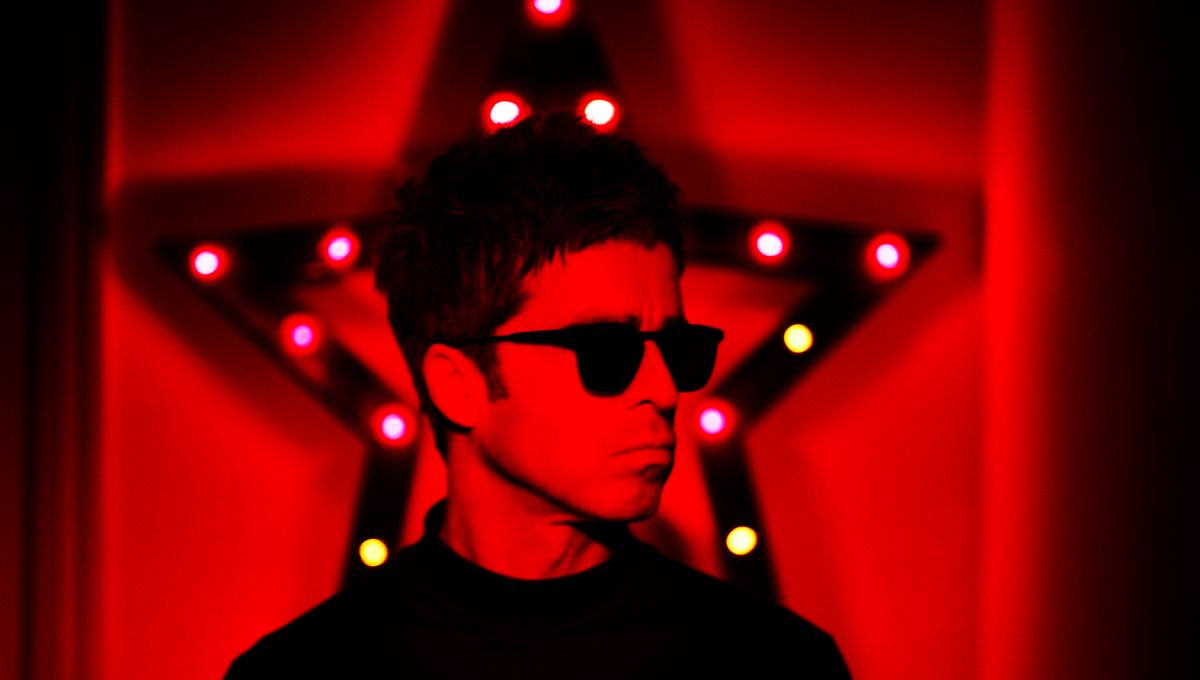Kissing the sky in ’67
When you drop the needle on “Purple Haze,” the world shifts. It’s 1967, and Jimi Hendrix, a Seattle-born sorcerer with a Stratocaster, unleashes a sonic comet that scorches the earth. That opening riff, those bent, snarling notes, hits like a lightning bolt, a cosmic declaration that rock ‘n’ roll is no longer just music; it’s a revolution. The Jimi Hendrix Experience, with Noel Redding’s pulsating bass and Mitch Mitchell’s jazz-inflected drumming, doesn’t just play the song. They conjure it. Legend has it Jimi wrote “Purple Haze” in a London dressing room, scribbling lyrics on a napkin while the band was gigging at the Upper Cut Club. Whether it was divine inspiration or just the haze of the era’s indulgences, the result is a track that feels like it’s tearing open the sky.
What makes “Purple Haze” so damn good? It’s the alchemy of chaos and control. Jimi’s guitar is a living thing, wailing, shrieking, bending time itself, yet every note is deliberate, every feedback squeal intentional. The chord progression, with its dissonant E7#9 (the “Hendrix chord”), is both alien and addictive, a sound that feels like it’s pulling you into another dimension. His vocals, raw and urgent, carry a psychedelic poetry that’s half love song, half astral voyage. Lines like “’Scuse me while I kiss the sky” aren’t just lyrics; they’re a manifesto for a generation itching to break free from the grayscale conformity of the early ’60s. And let’s not sleep on Mitch Mitchell, whose frenetic fills dance around Jimi’s riffs like a prizefighter dodging punches. The band’s chemistry, forged in the sweaty crucible of London’s club scene, is pure magic. Rumor has it Jimi and Noel once got into a fistfight over a bassline, only to hug it out and jam until dawn
The idea came from a dream I had that I was walking under the sea. It was all about this purple haze around me.
(Jimi Hendrix, Rock & Folk, 1967)
“Purple Haze” didn’t just land in 1967; it detonated. This was the year of the Summer of Love, when flower power was blooming and the counterculture was rewriting the rules. Jimi, a Black American expat in swinging London, was a cultural anomaly. A guitar god who fused blues, jazz, and rock into something entirely new. The song’s psychedelic edge, amplified by producer Chas Chandler’s knack for capturing raw energy, made it a beacon for a youth movement hungry for transcendence. It wasn’t just a hit (peaking at #3 in the UK); it was a cultural pivot point. Clubs from Soho to San Francisco blasted it, and kids everywhere started dreaming in Technicolor. Jimi’s performance of “Purple Haze” at Monterey Pop, where he famously set his guitar ablaze, cemented its legend. Rock wasn’t just music anymore; it was theater, rebellion, art.
The song’s legacy is seismic. It’s not just that “Purple Haze” redefined what a guitar could do; it’s that it gave permission to an entire generation to color outside the lines. Punk, metal, funk, even hip-hop trace their DNA back, and you’ll find Jimi’s fingerprints. The track’s raw power and psychedelic sheen made it a touchstone for anyone who ever wanted to push boundaries. There’s a story that Paul McCartney, floored by Jimi’s live rendition, insisted he play Monterey, saying, “This guy’s gonna change everything.” He did. “Purple Haze” isn’t just a song; it’s a portal to a moment when music dared to dream bigger than the world it was born into.
